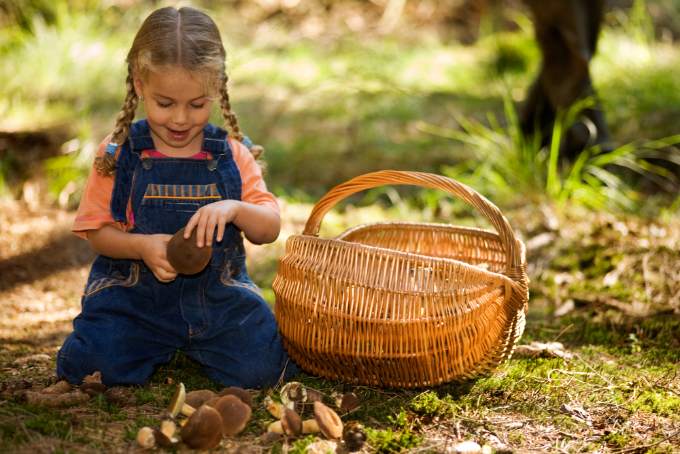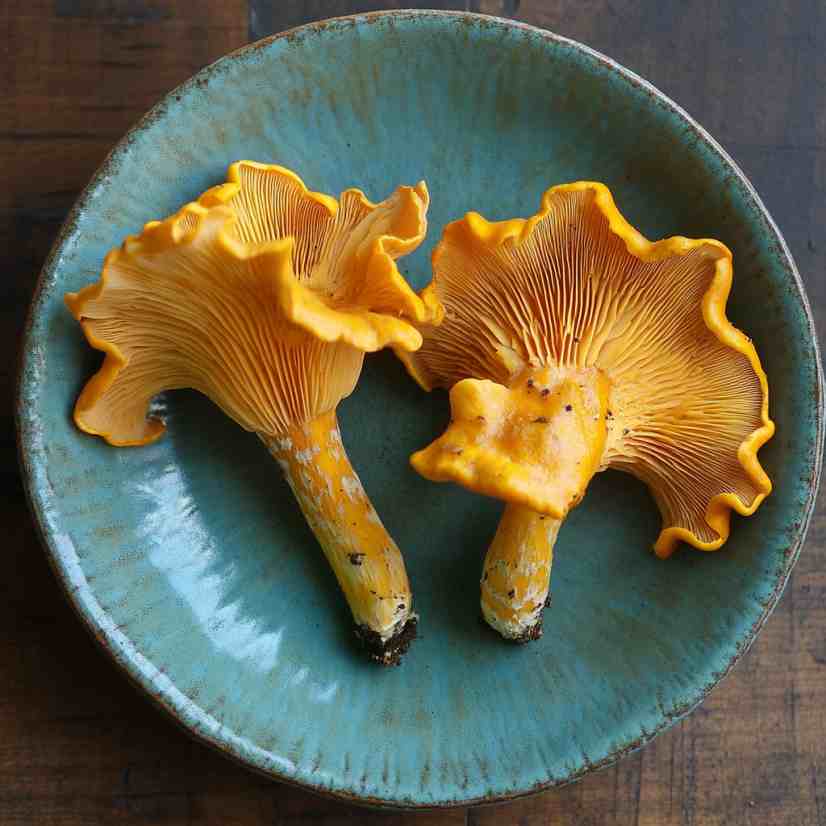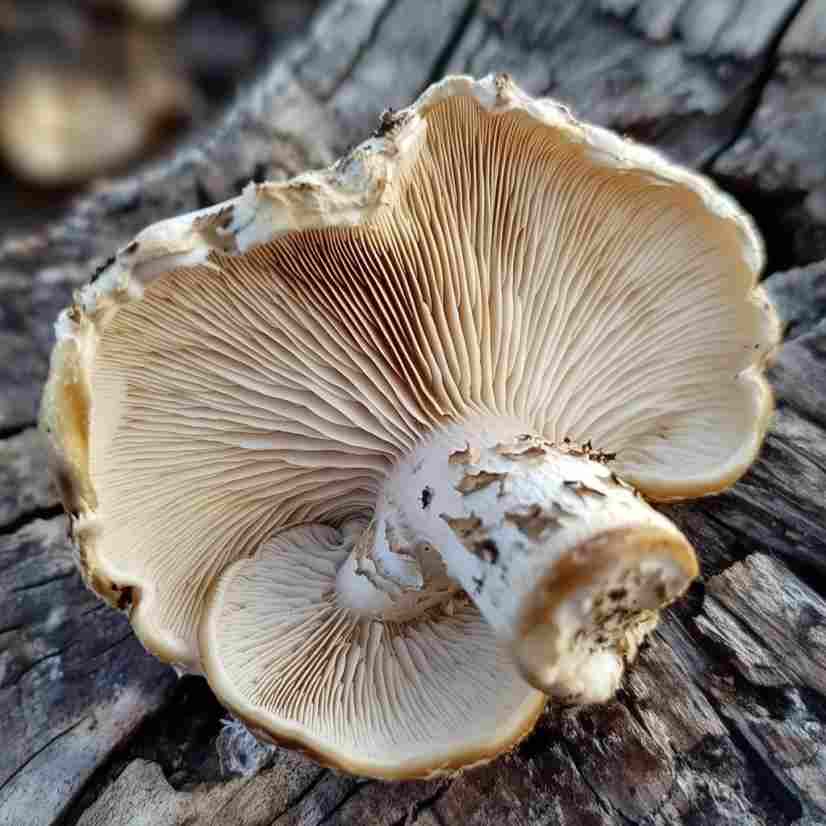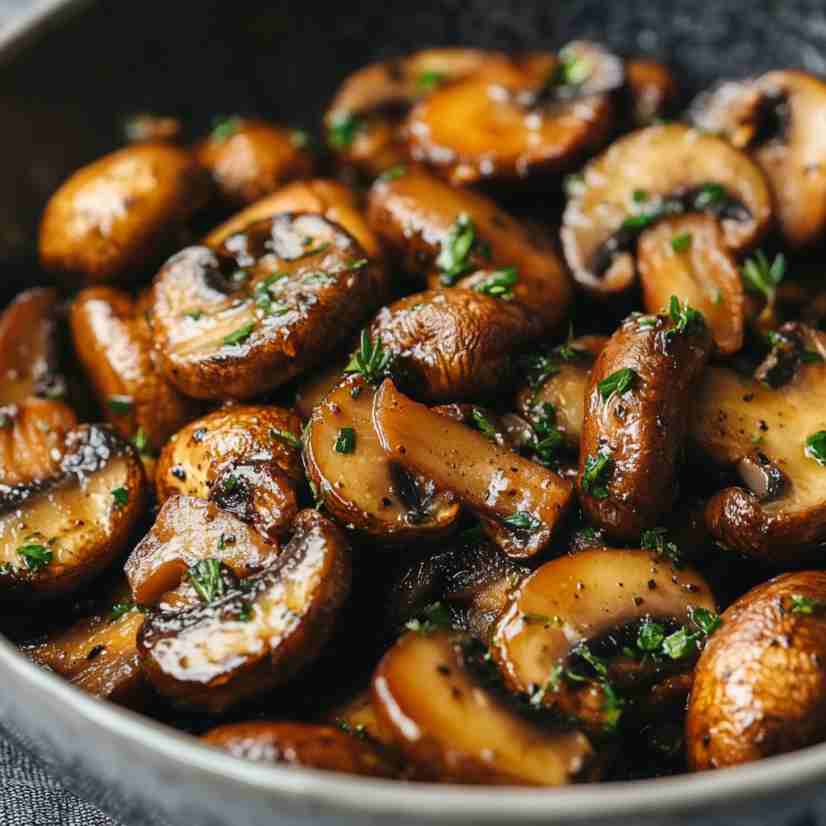How Do I Tell If a Mushroom Is Safe to Eat

Make sure to like Living Green and Frugally on Facebook, Shop at amazon to help support my site and explore our PINTEREST BOARDS for innovative ways you can become self-sufficient.
Foraging for mushrooms can be a rewarding experience, offering the opportunity to connect with nature while gathering wild, fresh ingredients for your kitchen. However, mushrooms are notoriously tricky to identify, and the consequences of eating the wrong one can be severe. With over 10,000 known mushroom species worldwide, some are edible, while others are dangerously toxic. So, how do you tell if a mushroom is safe to eat?
In this blog post, we’ll go over important tips to help you identify edible mushrooms, answer common questions people have about mushroom foraging, and offer guidance to ensure your safety. But remember—if you’re ever in doubt, it’s better to be safe than sorry!

Tips for Identifying Safe-to-Eat Mushrooms
1. Get to Know the Common Edible Species
The first and most important step in mushroom foraging is familiarizing yourself with edible mushroom species in your region. Start by learning a few of the most easily identifiable, like:
- Morels: With their honeycomb-like appearance, morels are highly sought after by foragers.
- Chanterelles: Bright yellow or orange in color, chanterelles have a vase-like shape with gills that run down the stem.
- Porcini: Also known as king bolete, porcini mushrooms have thick stems and brown caps.
Invest in a good mushroom guidebook, and if possible, attend a foraging workshop or hike with an experienced forager who can teach you about edible species in your area.
2. Examine the Gills
One of the easiest ways to differentiate between safe and dangerous mushrooms is by examining their gills (the thin, blade-like structures under the cap). Some edible mushrooms have gills, but many of the most dangerous species have white or very light-colored gills, so proceed with caution when you encounter mushrooms with this characteristic.
Some edible mushrooms, like boletes, have pores instead of gills. These tend to be easier to identify because there are fewer toxic look-alikes.

3. Check for Bruising and Color Changes
Toxic mushrooms often bruise or change color when touched. If the mushroom turns blue or red after being bruised, it’s a sign that it could be toxic. Edible mushrooms, such as boletes, generally do not change color when bruised.
4. Smell the Mushroom
The smell of a mushroom can also offer clues to its safety. Edible mushrooms often have a pleasant, earthy aroma. In contrast, toxic mushrooms can give off a strong, unpleasant odor, such as a chemical or sour scent.
5. Avoid Mushrooms with a Bulbous Base
If you come across a mushroom with a bulbous base (especially if it’s covered by a “veil” or sac), it could be from the Amanita family, which includes some of the most deadly species, like the death cap and destroying angel. These mushrooms can cause severe poisoning, so avoid them at all costs.

Common Questions About Mushroom Safety
Q: What is the easiest way to tell if a mushroom is poisonous?
A: Unfortunately, there is no single method that guarantees safety. Poisonous mushrooms come in all shapes, sizes, and colors, so it’s essential to rely on careful identification using a guidebook, foraging apps, or expert advice.
Q: Can I taste a small bit of a mushroom to test if it’s poisonous?
A: No, tasting or nibbling a wild mushroom is extremely dangerous. Some mushrooms contain toxins that can cause serious harm even in small amounts. Always fully identify a mushroom before consuming it.
Q: Are there any home tests to determine if a mushroom is toxic?
A: There are no reliable home tests for mushroom toxicity. Myths such as silver spoon tests (where a silver spoon is said to turn black when in contact with a poisonous mushroom) are completely unfounded. The only way to determine if a mushroom is safe to eat is through proper identification.
Q: What should I do if I accidentally eat a poisonous mushroom?
A: If you suspect you’ve consumed a toxic mushroom, seek medical help immediately. Symptoms of mushroom poisoning can range from stomach upset to organ failure, and some can be fatal if not treated promptly.
Safety Warning: When in Doubt, Throw It Out
Foraging for mushrooms can be an exciting hobby, but it requires extensive knowledge and caution. Even experienced foragers can make mistakes, so it’s vital to never take unnecessary risks when identifying mushrooms.
If you cannot positively identify a mushroom, do not eat it. Even if a mushroom looks similar to an edible variety, many toxic species have dangerous look-alikes that can fool even the most seasoned foragers. When in doubt, it’s best to err on the side of caution and leave it behind.
Finally, always remember that wild mushrooms can vary greatly in appearance depending on environmental conditions, such as rainfall or temperature, which makes accurate identification even trickier.
Conclusion
Mushroom foraging is a fun and sustainable way to enjoy nature’s bounty, but it comes with risks. By learning how to identify common edible mushrooms, being aware of the characteristics of toxic species, and always erring on the side of caution, you can safely enjoy the adventure of mushroom hunting. Don’t let curiosity or excitement overshadow safety—when it comes to foraging, the golden rule is simple: if in doubt, throw it out!